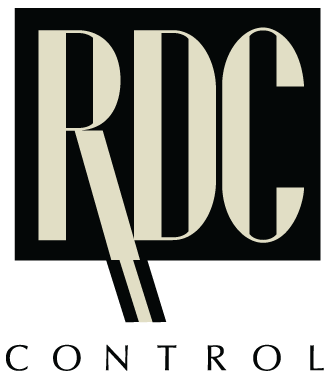The RTD is susceptible to three types of errors:
- The inherannt tolerances to resitance of the RTD itself,
- The gradient in temperature between the thermometer and the measuring point,
- The faults and errors in that are present in the extension connection between the sensor and the measurement instrument.
Some sources of error are electrical and others are the result of the mecanical construction of the RTD. Potential source errors include the interchangeability and conformity:
The conformity indicates the quantity that the RTD is permitted to deviate from the standard curve.
Two conformity components:
One tolerance to the reference temperature, normally 0°C, and one tolerance on the slope. These possible gaps are defined by known standards.
For example, the norme DIN 43760 class B, requires the calibration from 0,12Ω (0.3°C) at 0°C, but permits the curve to move away from the nominal 0,00385 by ±0.000012 Ω/Ω/°C. This can result in a difference of 0.8°C at 100° C, 1.3°C at 200°C, and up to 3.8°C at 700° C. It is therefore important to know with precision, the average tolerances used.
The RTD is susceptible to three types of errors:
- The inherannt tolerances to resitance of the RTD itself,
- The gradient in temperature between the thermometer and the measuring point,
- The faults and errors in that are present in the extension connection between the sensor and the measurement instrument.
Some sources of error are electrical and others are the result of the mecanical construction of the RTD. Potential source errors include the interchangeability and conformity:
The conformity indicates the quantity that the RTD is permitted to deviate from the standard curve.
Two conformity components:
One tolerance to the reference temperature, normally 0°C, and one tolerance on the slope. These possible gaps are defined by known standards.
For example, the norme DIN 43760 class B, requires the calibration from 0,12Ω (0.3°C) at 0°C, but permits the curve to move away from the nominal 0,00385 by ±0.000012 Ω/Ω/°C. This can result in a difference of 0.8°C at 100° C, 1.3°C at 200°C, and up to 3.8°C at 700° C. It is therefore important to know with precision, the average tolerances used.








